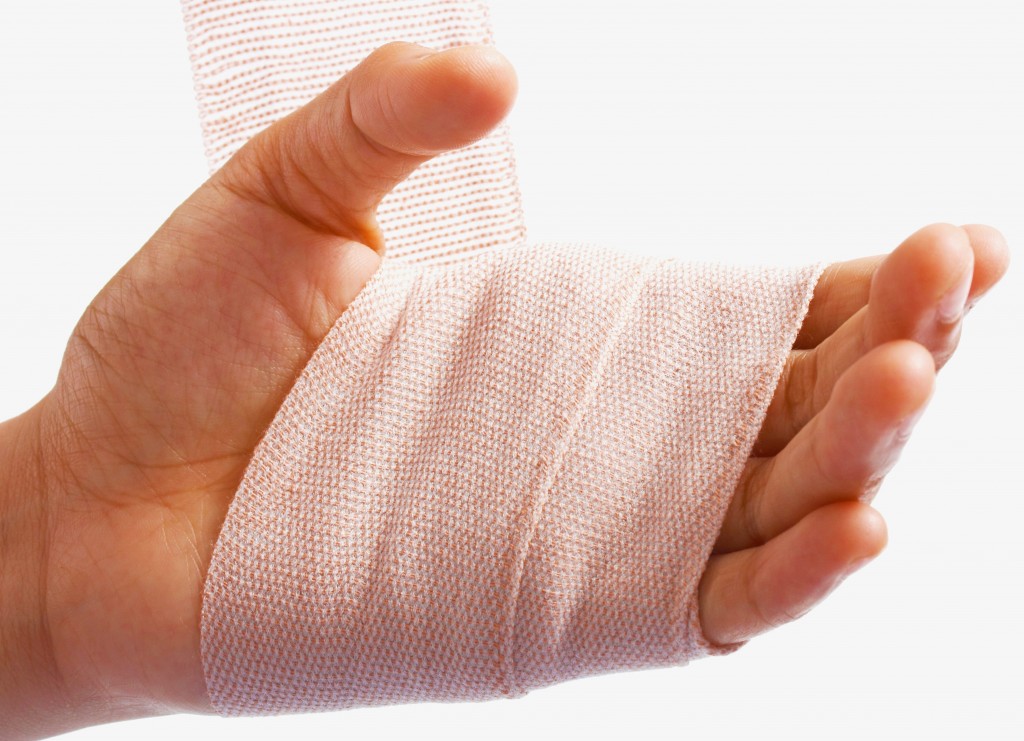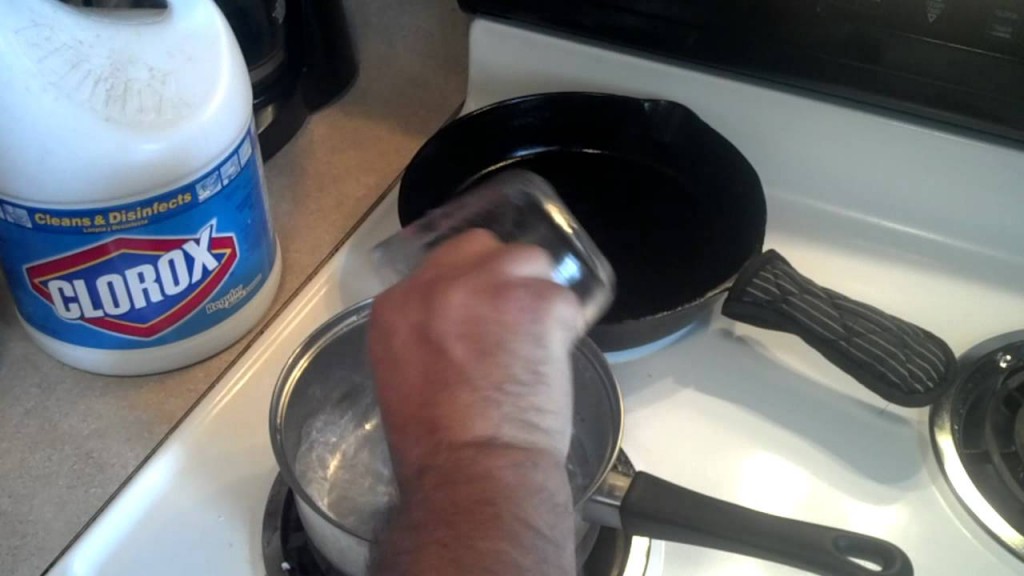Low Cost Prep: Emergency Antiseptic Wound Care
There may come a time when professional medical care becomes scarce and luxuries like modern antibiotics are hard or impossible to obtain. During times like these one of the most prevalent causes of death will likely be infections. From simple scrapes to deep cuts and wounds infections can, if not properly cleaned and cared for, quickly ravage the bodies defenses. So what can you do to be prepared for that situation? Keep this recipe for Dakin’s solution handy along with the simple ingredients to make it and you will be much better prepared.
Disclaimer: Always consult a doctor before attempting wound care. Make sure you are not allergic to any of the ingredients. Use these techniques only as a last resort, when all other hope of medical care is gone.
Dakin’s solution, sometimes called Dakin’s fluid or Carrel-Dakin fluid, was developed during World War 1 to irrigate, clean, and treat wounds. It worked wonders and is still being used today for this purpose. The nice thing for us preppers is that the ingredients for making this potentially life saving liquid are already part of your prepping supplies or should be!
Supplies:
- Unscented Clorox Liquid Bleach
or equivalent household bleach; AKA,Sodium hypochlorite solution 5.25%. Do NOT use concentrated bleach products such as those labeled “Ultra”.
- Baking Soda
; AKA, Sodium bicarbonate.
- Clean water. I prefer water run though a filter such as a Berkey or Sawyer, but any clean water supply will work.
- Pot with a lid and a means to boil water.
- Sterilized measuring cup.
- Sterilized container and lid. I prefer a small canning jar and lid covered in foil to keep out light.
How to Make Dakin’s:
- Clean your pot and lid.
- Wash your hands with soap and water.
- Sterilize your measuring devices, jar & lid.
- Add 4 cups of clean water to your pot. Cover & boil for 15 minutes. Remove from heat.
- Add 1/2 tsp. of baking soda.
- Add the proper amount of bleach for the strength of solution appropriate to your needs. Full: 3 oz. Half: 3 Tbsp + 1/2 tsp. Quarter: 1 Tbsp + 2 tsp.Eighth: 2 1/2 tsp.
- Put your solution in the sterilized container & close the lid tightly. Label the jar as Dakin’s Solution. List the strength, date prepared, and date to discard clearly on the label.
- If necessary, wrap the container in foil top keep light from accelerating the breakdown of the solution.
- Unopened jars should be kept at room temperature and keep for one month. After opening, discard unused solution after 48 hours.
How to use Dakin’s solution
- Studies have shown that Eight (1/8) Strength is usually the best balance between germ killing potential and allowing your body to properly heal the wound.
- Pour onto the injured area for irrigation or as a cleanser. Dakin’s will naturally separate the dead tissue from the living tissue.
- Typically, minor wounds are cleaned once daily while heavily contaminated wounds may require two cleanings per day.
- Unless directed by a doctor, do not use longer than one week.
- You can use petroleum jelly (another prepper must have!) to place on the healthy skin around the wound to prevent irritation.
- While it’s beyond the scope of this article, know that it can be used to wet certain types of wound dressings.
Used properly, Dakin’s solution can be an invaluable addition to your preparedness medical supplies. For best results, keep the ingredients stored and make only as much solution as you will need for the immediate situation. Because chlorine and baking soda are so useful and are certainly part of any well prepared individuals preparations anyway, knowing how to make and use Dakin’s solution for antiseptic wound care is a low cost way to extend the effectiveness of what you are already have. I also recommend keeping a couple of inexpensive, dedicated cleansing bottles with your medical supplies so you have a sterile bottle for doing proper irrigation of wounds.





